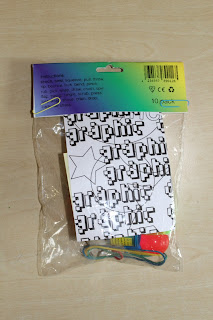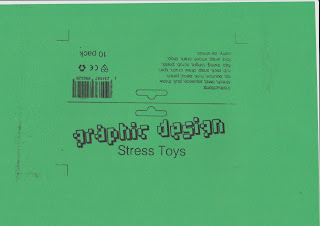The first studio brief, designing the penguin book covers, was very engaging. It being a live project I feel made me want to perform better and motivated me to push myself. For one of the book cover designs, I created illustrations. This is something that I would not usually do and was slightly out of my comfort zone, however, I was very happy with the result as I believe the illustrations are what made the design as successful as it was. I believe I learned a lot about analysing design details within this brief, and had created final outcomes that had strong design, as well as strong reasons for the design decisions that I had made.
The second studio brief needed me to use the traditional media of screen-printing to create a celebratory poster to be part of an exhibition. This was in a way also a live brief, and generated similar motivation. I had not expected to enjoy the process of screen-printing as much as I did, even with the large quantity of frustration that I went through during busy print room times, and unsuccessful prints. The screen-printing process taught to me appreciate and embrace my mistakes more, which shows within my final submission, as the second layer of colour is slightly off set. I believe this gives the print authenticity and originality, as there is a certain pleasing and aesthetic quality to the imperfection.
The third studio brief was where I began to struggle with the quality of my design outcomes. This brief was collaborative, and required us to design a branding identity for our exhibition. The concept we had come up with, I believe was very strong, and we had many strong ideas of how make the exhibition and it's branding interesting and unique. Unfortunately, I believe we suffered from having too many ideas, and therefore our final outcomes were not as cohesive as they could have potentially been. My personal contribution to this brief was largely idea generation and development feedback, I engaged a lot with my peers and we all had many conversations and discussions about our work. I believe this is a very important aspect of teamwork, and the reason why we were all quite happy to be working together. The actual design contributions I created, however, I think were not as successful or as representative of my capabilities. I worked with social media, and again, whilst the ideas were strong and had a lot of potential, the execution of them was disappointing to me. To improve, I wish I had focused more on the design details and had dedicated more time to develop and improve my designs.
The fourth and last studio brief asked us to speak from experience and create something to give to the new Level 4 students next year. I designed a 'Graphic Design Stress Toys' package. I believe the final outcome was successful to the extent that it communicated what I had intended it to, however, the actual design and production of it I feel could have been much better. The design of the label I feel was left somewhere in the middle of design development due to time constraints, and because of it, it isn't as strong as it could have been. The quantity of work I produced for this brief, I feel is also lacking, as there were extra things I could have designed, such as an instruction manual of how to use the objects/toys within the package. The unsuccessful parts of this brief I believe were all due to a lack of time, and/or time management.
Overall, I believe that throughout this module my strongest quality was my idea and concept generation. The actual design was at times very strong but at times also quite weak and disappointing. I believe this was due to the nature of the studio briefs and the circumstances that surrounded them. At the end of the module, and at the end of the year, I am very happy with what I have learned and achieved not only within this module, but also throughout the whole year.

















































